Tiling Patterns
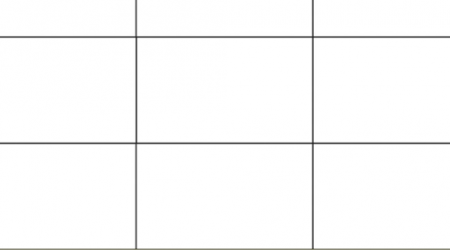
Straight - (Stack Bond)
The most common and simplest tiling pattern. The tiles are laid in straight lines so the grout lines end up like a grid. A great tip when buying your tiles is to make sure that they all have the same batch number. Different batches may have slight colour variations that will show up in the finished product. You’ll find the batch number on the packaging.
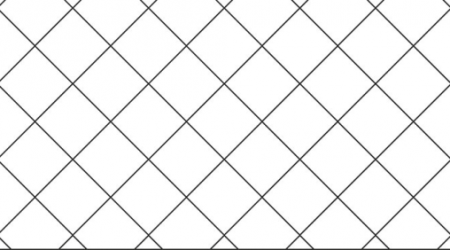
Diagonal
Diagonal is similar to the straight pattern except the tiles are laid on a 45-degree angle, turning square tiles into diamonds. This style can be used with a border as a feature in a kitchen splashback or for an entire floor to make a small room look bigger. It’s perfect for the bathroom.

Herringbone
Perfect for hallways or outdoor paths, as the “V” in the pattern acts like arrows pointing you in the right direction, the herringbone pattern is achieved by laying rectangular tiles in a zig-zag pattern.
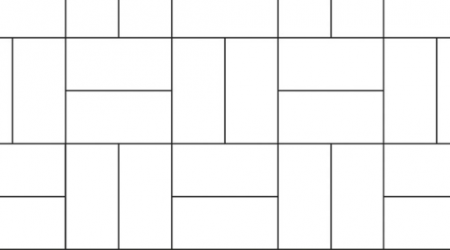
Basket Weave
Also using rectangular tiles, the basket weave pattern has two tiles laid next to each other to form a square. The following pair of tiles are laid at 90 degrees to the first and so on. The horizontal and vertical tiles then alternate on following rows. This gives the impression that the tiles are woven over and under each other like a basket.

Windmill
To create the windmill pattern, four rectangular tiles are arranged around a square tile in the centre. Using a square tile and grout in a contrasting colour to the rectangles really make this pattern stand out. It can look busy on a floor but is good for a shower or as a border.

Pin Wheel - (Hopscotch)
Similar to the windmill, this design uses a small square tile surrounded by much larger square tiles to create the effect of a spinning pinwheel. Tiles in contrasting colours should be chosen for the best effect.
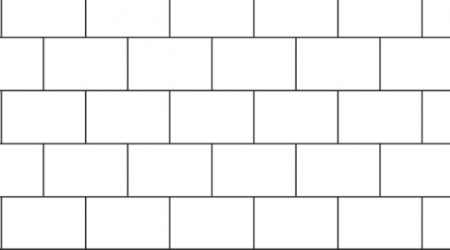
Stretcher Bond
Stretcher bond uses square or rectangular tiles that are laid like bricks in a wall. The end of each tile is lined up with the centre of the tiles that are both directly above and below it. This creates a staggered, but cohesive look.
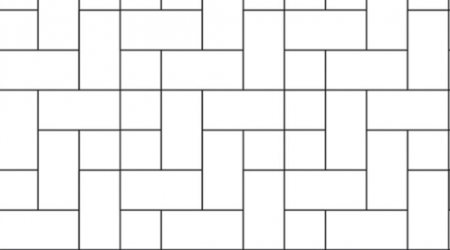
Cobblestone
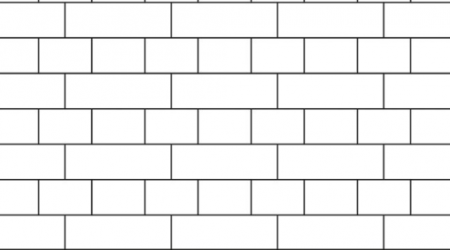
English Bond
English bond uses alternating rows of rectangular and square tiles. The square tiles are centred on the rectangles and the ends of all the tiles line up between rows.
For quotes and general enquiries:
Tel: +44 7773 336622
Email: enquiries@blackburntilingservices.co.uk
Area We Cover : Blackburn – Darwen – Accrington – Rishton – Clayton Le Moors – Great Harwood – Burnley – Preston – Bolton – Manchester – Chorley – Leyland – Bacup – Bamber Bridge – Belmont – Belthorn – Haslingden – Buckshaw Village – Brockhall – Charnock Richard – Lancaster – Morecambe- Blackpool – Clayton Le Dale – Oswaldtwistle – Church – Clitheroe – Colne – Nelson – Copull – Copster Green – Billington – Whalley – Euxton – Freckleton – Fleetwood – Kirkham – Garstang – Freckleton – Heysham – Higher Wheelton – Higher Walton – Huncoat – Langho – Longridge – Lytham – Mellor – Mellor Brook – Osbaldeston – Rawtenstall – Rivington – Sabden – Withnell

